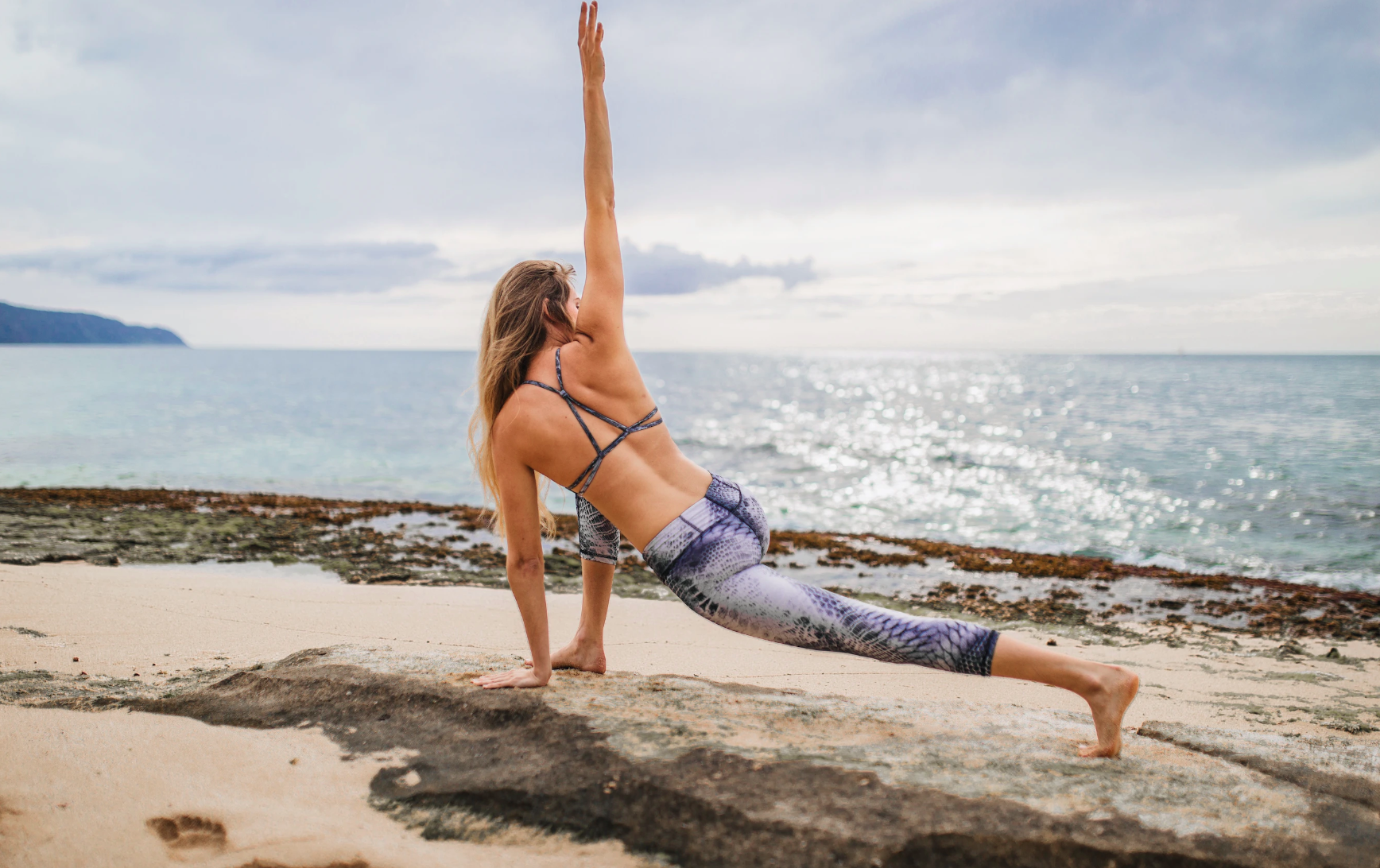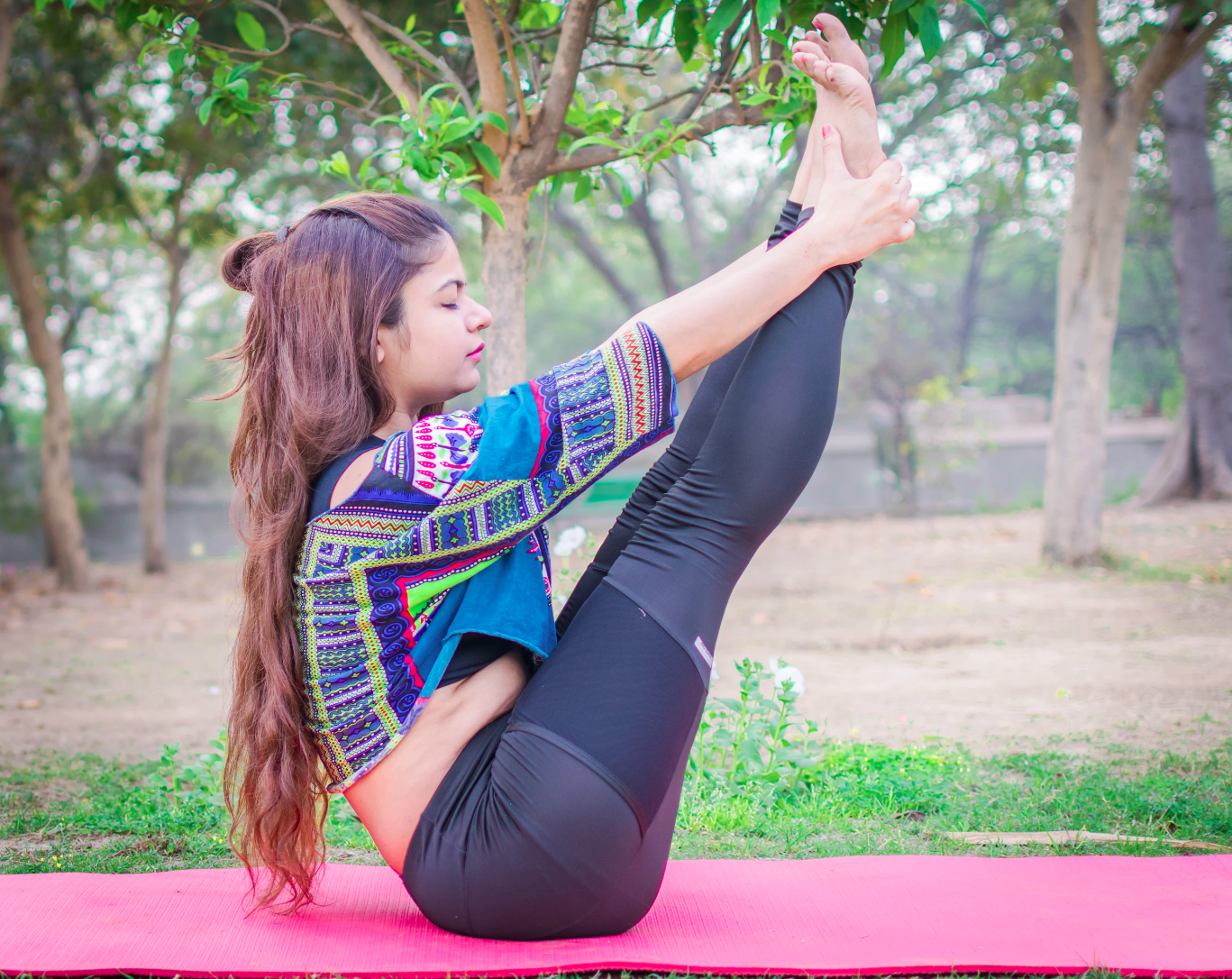Physical Address
304 North Cardinal St.
Dorchester Center, MA 02124
Physical Address
304 North Cardinal St.
Dorchester Center, MA 02124
Can stretching your legs really help? You were fortunate enough to fit in the workout alone, but now you realize that your routine needs to be expanded. We’ll discuss time management techniques and impart some essential knowledge on how to prevent discomfort and damage.
How often should you stretch your legs, and how long should you spend doing so? Such questions can save you a lot of heartache, effort, and aggravation if you have reasonable answers. We can assist you in identifying your starting point and creating a plan so that you may safely enjoy your leg stretching regimen.
Depending on the activity you choose, stretching will help you more or less. Your body might benefit more from additional stretching if you want to practice aerial yoga than if you want to ride a bike on a paved trail.
In order to help you decide which will work best for you, let’s discuss a few choices. We’ll start with some pointers on stretching your legs before introducing you to some targeted stretches for your lower extremities.
1. Recognize how to maximize downtime throughout the day.
It is true that it is better to get your body ready for exercise both before and right after your preferred activity. It’s also advantageous to teach your body to remain active throughout the day. This helps muscles and joints remember that they can be needed at any time. The connection between exercise and stretching will be covered in more detail shortly.
2. Utilize it to maintain it.
Remind yourself that if you continue to use the physical ability you presently possess, it will last longer and function better. Starting anything new or recovering from an accident can be difficult. Make a conscious effort to keep your health.

Having made the decision to achieve a goal, it is much simpler to go past the initial struggles. Then, just keep trying new stretches until you find a few that you enjoy and will perform frequently.
3. Recharge and unwind.
For proper renewal, your body needs to sleep. Be aware of your body. Give it what it requires, and your diligent effort with your new stretches and go-to workouts will bear far more fruit.
Don’t try harder; try smarter. To prevent harm, know when to stop and take pleasure in the fruits of your labor.
4. Make your body aware
Giving your body a decent “warning” that you’re prepared to move your legs, core, and arms with increased authority is important. The stretches below have been chosen with the possibility that you’re trying to recover from or prevent a leg injury in mind. Please feel free to extend each stretch by 15 to 30 seconds as you recuperate.
A effective warm-up routine should consist of 10 to 15 minutes of significantly less demanding exercise than you want to do during your real workout. The intention is to let your body know that it is time to get to work and to give it some time to “wake up” and react before engaging in more strenuous exercise.
Your heart will have time to begin supplying your muscles with more blood if you spend a short while engaging in a less strenuous exercise. By adding nutrients in this way, muscles like being primed for activity.
If you want to run 3 to 5 miles, start off by walking or jogging for around 0.5 to 1 mile before picking up the speed. For the first two miles of your 10-mile run, go more slowly.
5. Choose to stretch either before or after exercising.
It is relatively safe to state that before engaging in any athletic activity, you should at the very least do some light stretching and warming up.
To keep your muscles safe, take a brief period to let your body know that more exercise is about to happen. Your selected workout and intended level of intensity will determine how much stretching you need to do.
When considering whether you will gain more from stretching before or after your workout activity, take into account your activity. Will you be participating in a performance that calls for you to be at ease, supple, and in control of your limbs? Before your event, you could discover that stretching improves your performance.
However, you might just want to enjoy a run in the park? If so, practicing the majority of your stretching regimen after your run may provide longer-lasting benefits.
Thankfully, our legs’ numerous microscopic parts naturally overlap one another. This means that stretching one tiny component of the body by itself is practically impossible.
Every action we take will almost probably benefit a number of different parts of each leg.
Consider this: Can you extend your feet without wriggling your toes. Thank you, mother nature! Let’s pick your preferred leg exercises:
1. Foot Overlap
Lie down on the floor and extend both of your legs out in front of you. It’s best to have each leg slightly bent. Overlap your left and right legs. Gently bring both feet toward your body by extending your left foot just past your right foot.
From your feet, up into your right leg and left shin, you should feel a mild pull. Hold for ten counts. Swap the feet.

2. Ankle Circles
With your toes, make circles. Make it interesting by rotating five times one direction, then five times the other. For further coordination practice, you may try rotating your feet in opposite directions.
3. Shin Relax
Without shoes, this stretch is far more effective and comfortable. Your shoulders should be aligned with your feet and toes as you stand up straight. Point the toes of your right foot away from your torso and slowly swing your right leg behind you. Your toes should be comfortably flat on the ground.
4. Insatiable Calf
Straighten your legs in front of you as you sit. Point your toes gently away from your body. Hold for ten counts.
Draw a towel, stretch band, or something similar around your right foot and bring it closer to your torso while sitting up straight. Alternately, you might lean forward at the waist and pull your toes close to you with your hands.
5. Quadriceps Selection
Depending on your level of comfort and whether you have any knee issues, you should choose your quad stretches. Depending on your preference, you may decide to stand, lay on your side, or lie on your stomach to relax.
Once in the starting posture of your choice, slowly draw your right foot back until it is as close to your right buttock as possible. If you can’t reach, you could decide to tie a strap around your foot. Hold for ten counts. Change sides.
6. Hex Hamstrings
Start by standing up straight with your shoulders and hips in a square position. Your left foot should now be turned such that your toes face left. Maintain a relaxed and slightly bent left knee. Your upper body should turn to the left.
As far as it’s comfortable, progressively lower your arms to meet your leg while bending at the waist. Hold for ten counts. Change sides.
7. Pigeon for the Hips
Start by placing your hands and knees on the ground, with your back lifted (table top position). Your shoulders and hips have to be in line. As comfortably possible, lift your left leg up beneath your torso. Make careful you lift the leg just high enough to feel a light tug, but not too high to cause discomfort. Your left hamstring and right hip region will feel the stretch. Hold for ten counts. Change sides.
Consider this alternative if you currently experience knee pain. Your left foot should be straight behind you.
For more information you can click: